Horizon Yacht Charters Bavaria 32 2011 User manual
Other Horizon Yacht Charters Boat manuals

Horizon Yacht Charters
Horizon Yacht Charters Bavaria 31 'Sunny Side Up' 2008 User manual
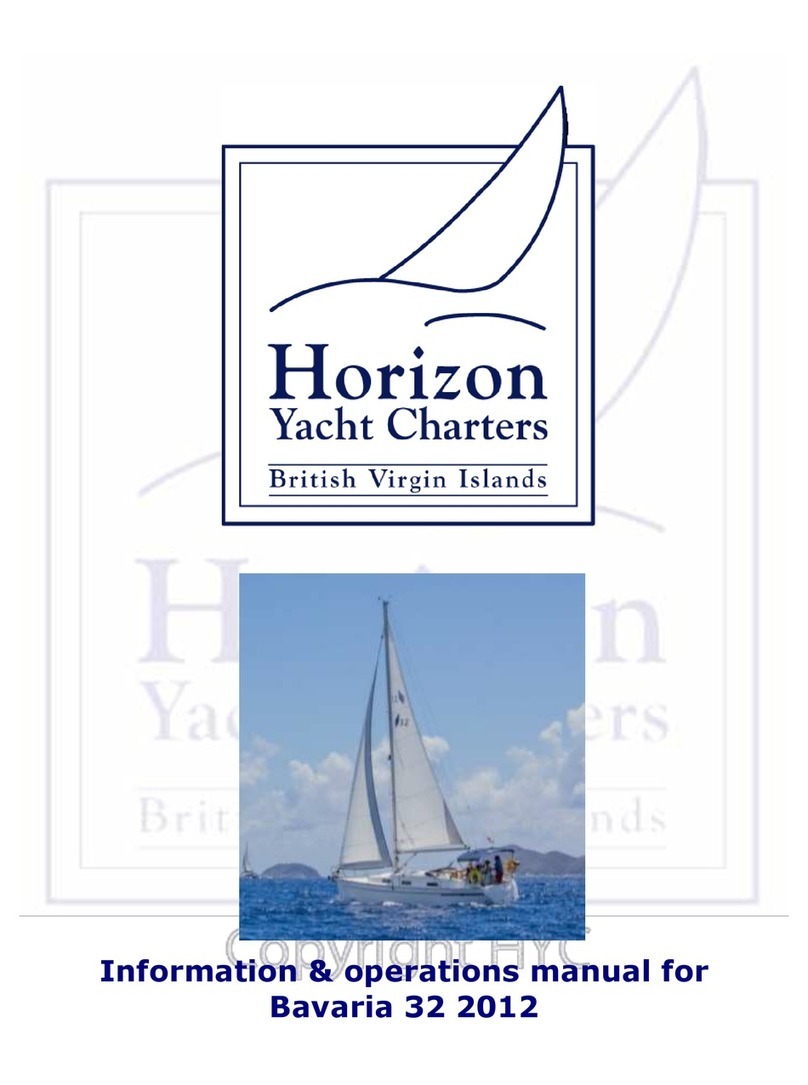
Horizon Yacht Charters
Horizon Yacht Charters Bavaria 32 2012 User manual

Horizon Yacht Charters
Horizon Yacht Charters Bavaria 37 2017 Jitterbug User manual

Horizon Yacht Charters
Horizon Yacht Charters Sun Odyssey 490 2020 User manual

Horizon Yacht Charters
Horizon Yacht Charters Bavaria 39 'Sawsea Lady' 2006 User manual
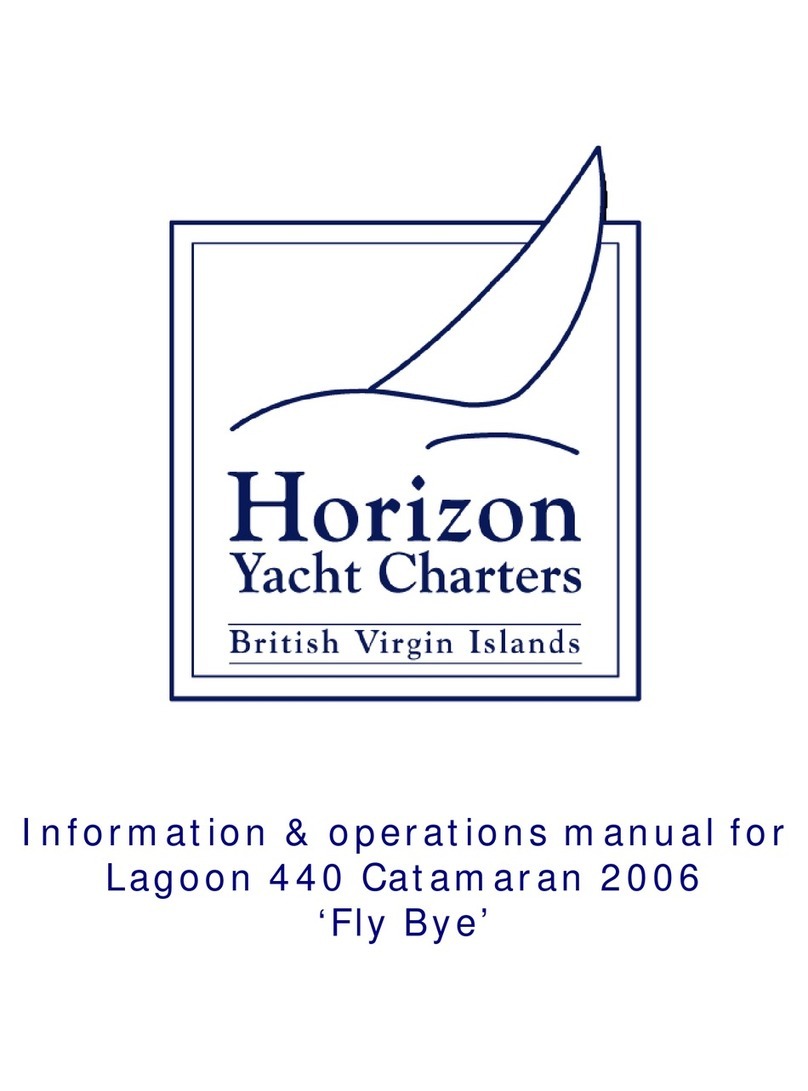
Horizon Yacht Charters
Horizon Yacht Charters Lagoon 440 'Fly Bye' 2006 Operating instructions

Horizon Yacht Charters
Horizon Yacht Charters Astrea 42 2019 User manual
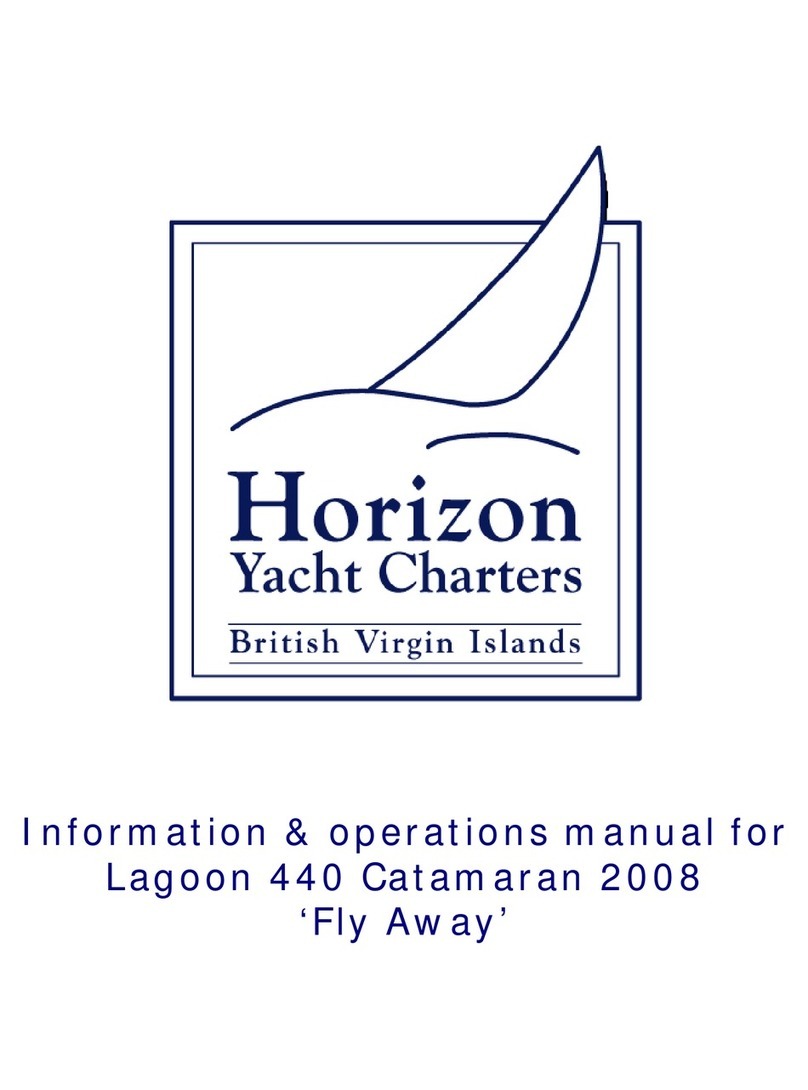
Horizon Yacht Charters
Horizon Yacht Charters Lagoon 440 'Fly Bye' 2006 User manual
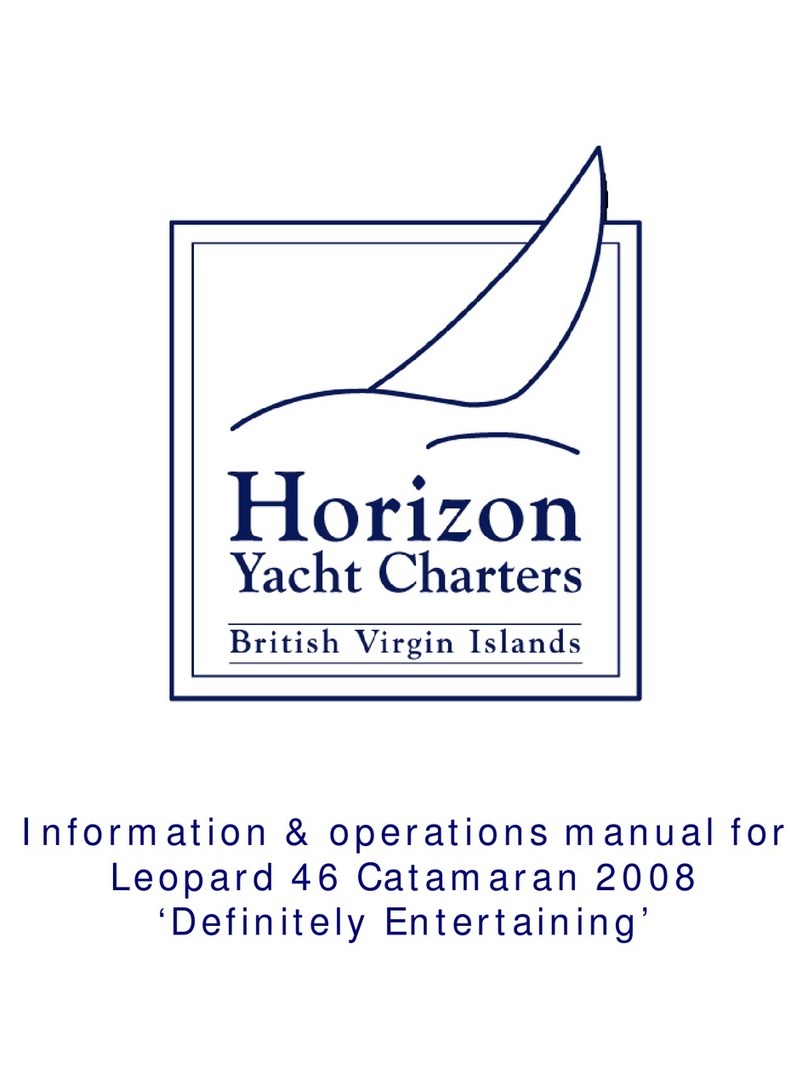
Horizon Yacht Charters
Horizon Yacht Charters Leopard 46 Catamaran 200 User manual
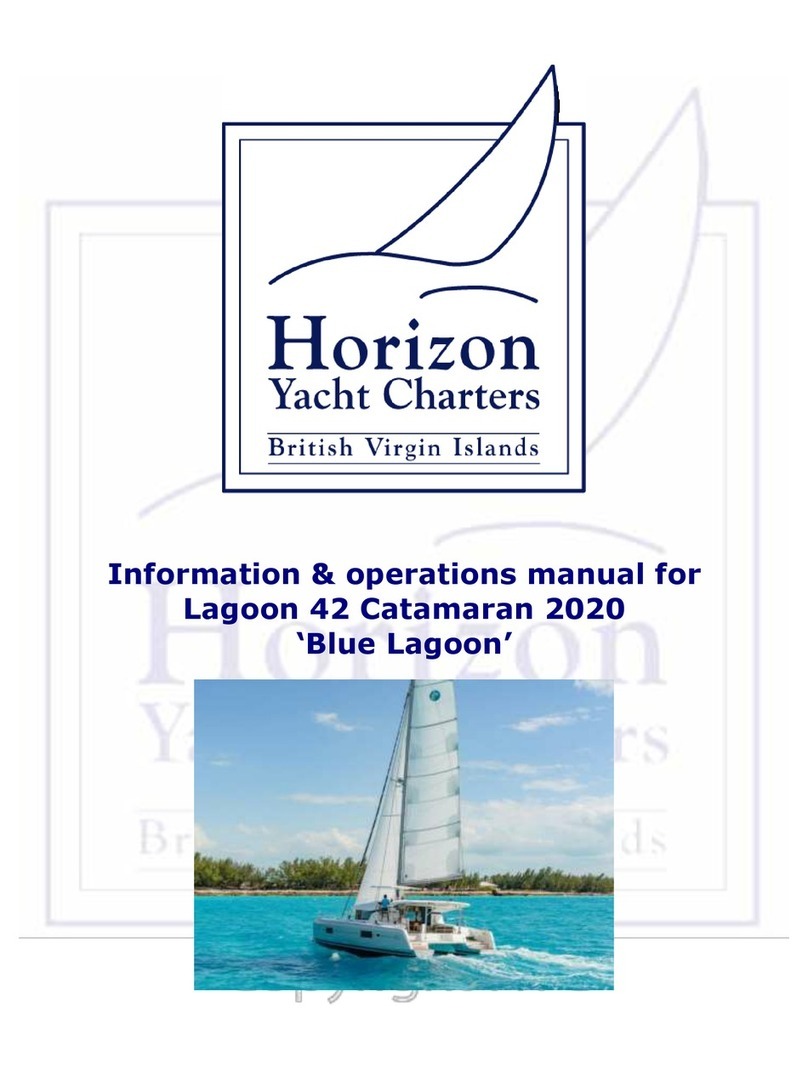
Horizon Yacht Charters
Horizon Yacht Charters Lagoon 42 User manual
Popular Boat manuals by other brands

Jeanneau
Jeanneau SUN ODYSSEY 41 DS owner's manual

Meridian
Meridian 490 Pilothouse owner's manual

Advanced Elements
Advanced Elements AdvancedFrame Expedition AE1009 owner's manual

Robo Marine Indonesia
Robo Marine Indonesia GEOMAR user manual

Swallow Boats
Swallow Boats BayRaider owner's manual

X SHORE
X SHORE EELEX 8000 owner's manual























